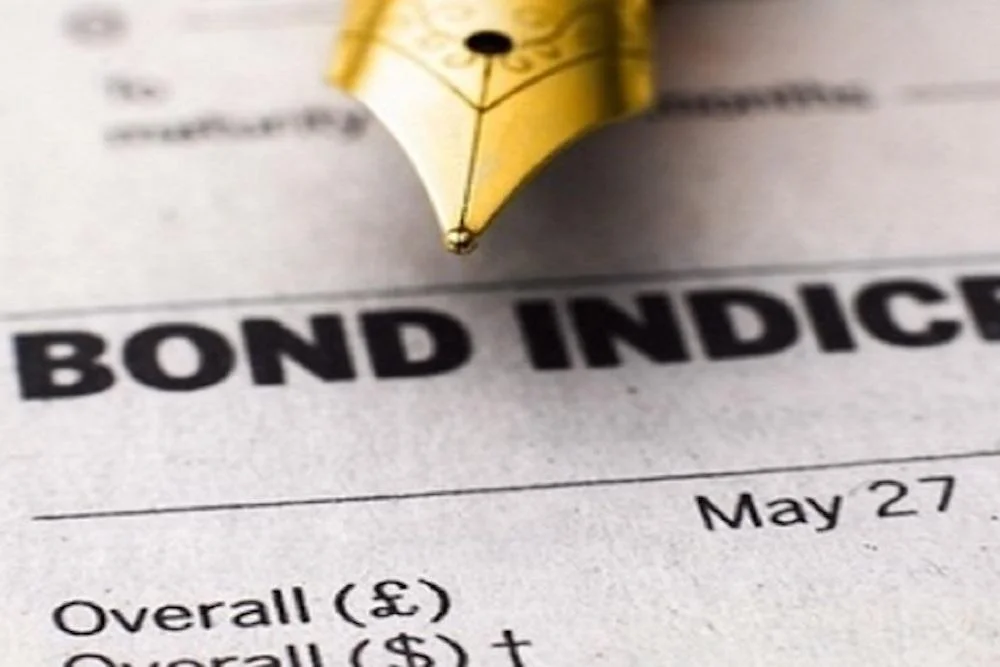City of Fenton recently issued the following announcement.
Following are questions about the millage proposal on the November 2 ballot to generate money to repair neighborhood streets in the City of Fenton.
Come back to this page for answers to new questions, lists of the worst streets the city could be targeting first for improvement and more.
COMMUNITY MEETINGS
The city will host community conversations about the proposed bond program, street-repair priorities and more on:
- Tuesday, Sept. 28, 6 p.m.
- Wednesday, Oct. 6, 6 p.m.
- Thursday, Oct. 14, 6 p.m.
THE PROPOSAL
See also: Text of the original City Council resolution
The plan would have the city borrow an amount not to exceed $24 million via bonds sold at three different times over a maximum of 10 years. Each set of bonds would be paid back over no more than 10 years and 3 months. The estimated millage to be levied in 2022 would be 3.50 mills ($3.50 per $1,000 of taxable value). Over 11 years, the average annual millage rate would be 3.03. The average homeowner with a taxable value of about $76,000 would pay $266 in the first year.
What is my taxable value?
Go here to find out the taxable value of your property: cityoffenton.org/pages/Tax-Information/4
Then go here to see what your new bill would be if the proposal is approved: Millage Proposal Tax Calculator
What streets would be improved? Which would be worked on first?
A lot of factors go into queuing the projects, including new information engineers might discover as they plan the work. All areas of the city will have streets improved by this plan.
When would the work start?
Execution of the plans for construction would begin immediately, with construction likely starting in spring 2022.
What neighborhood streets would be done, and in what order?
The city’s engineers constantly update a list that ranks streets by need, but what streets would be first or in the first round of funding would be subject to planning. The positive aspect of this proposal is that more neighborhood streets could be done earlier due to more money being available earlier.
What would happen in my neighborhood during construction?
Construction involves many moving parts and often, minor inconvenience to residents. In addition to working to minimize disruption, the city will conduct neighborhood outreach prior to and during construction to keep residents informed about effects on traffic, parking, refuse pick-up and more.
The voters rejected the last two proposals. What’s different about this one?
This proposal would generate more funds ($8 million) up front and more overall. Meaning the city can improve more streets. Compared to the 2018 proposal, the 2021 proposal generates more street-repair funds with a lower millage rate.
Another big difference: The 2018 proposal also required amending the city’s charter. This one does not. It’s a straight yes/no vote.
Other than a smoother ride, what are benefits of repaired/resurfaced streets?
- Smoother streets are safer in a number of ways. They’re less distracting to drivers and more easily navigable by pedestrians and people with disabilities.
- It could reduce the amount paid for car repairs. A 2019 study found Michigan motorists pay at least $370 a year to repair damage caused by bad roads.
- Newly resurfaced streets can increase a home’s curb appeal and its market value.
Yes. We know that the cost of materials generally goes up over time. So repairing the same set of streets in two or three years would likely require more funds.
Also, road deterioration accelerates with age. So the street that would cost $150,000 to repair now would in two or three years, likely cost more than that and require more construction time.
What about federal and state money?
The city has made good use of federal and state money for road repairs, but the federal money comes with strict guidelines, in particular prohibiting their use for residential streets. So that money lets us improve arteries, but not smaller streets.
How much of this street millage will be received by to the Downtown Development Authority?
None. $0.
My taxes are high enough. Can you explain why you can’t just work with what we pay now?
It’s important to remember that of all your property taxes, only a small portion (about 25%), goes to local operations and maintenance. The rest goes to various county and state uses.
But it seems like the city’s budget should be able to handle this.
The city has a total budget of about $6.5 million. More than half of that, about $3.5 million, goes to police and fire protection. Even if some of the remainder were shaved off for street improvements, it wouldn’t pay for much since the cost of street repair and resurfacing can be millions of dollars per mile.
Original source can be found here.





 Alerts Sign-up
Alerts Sign-up